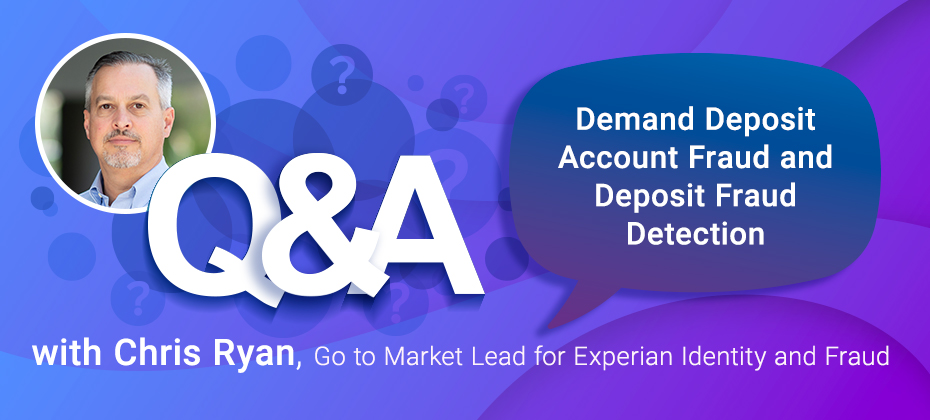Tag: DDA

Financial institutions are under increasing pressure to grow deposits and onboard more demand deposit accounts (DDA). But as demand increases, so do fraud attempts...

When checking access accounts were first introduced, it wasn’t uncommon for banks to provide new customers “basic” transaction services in starter checking accounts. These...

Attract and retain high-value demand deposit accounts The excitement of the new year has ended, and now the big question remains: What will 2016...

Deposit accounts for everyone Over the last several years, the Consumer Financial Protection Bureau (CFPB) has, not so quietly, been actively pushing for changes...

By: Heather Grover In my previous entry, I covered how fraud prevention affected the operational side of new DDA account opening. To give a...

By: Heather Grover In past client and industry talks, I’ve discussed the increasing importance of retail branches to the growth strategy of the bank....